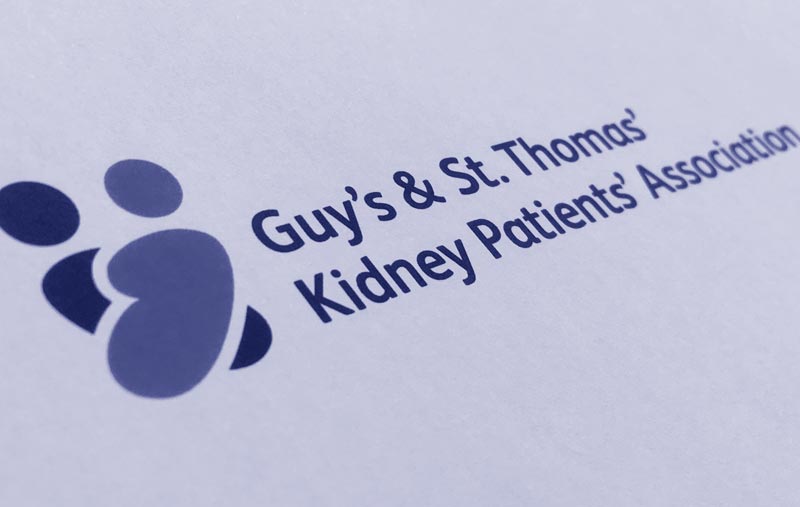As a young consultant in the renal unit at Guy’s Hospital, one of the challenges I faced was to build up a programme of research alongside my clinical duties. Moving from Oxford to the Guy’s renal unit in 1988, I was lucky to have colleagues who supported my research aspirations. Among them I would count the late Alex Schwarz, who was Chair of the Kidney Patients Association at Guy’s at the time I joined.
Those who knew Alex will remember him as a remarkable person, for his military demeanour and commanding business approach. He had immediate grasp of the importance of research for the future of kidney patients and transplantation, with substantial commitment to helping those patients in the long term.
Alex inspired the membership of the KPA with this vision, so that at an early meeting where I was present the KPA committee took a monumental decision to support
a longer-term programme of laboratory research, as distinct from support for immediate clinical benefit.
The KPA also showed foresight by funding laboratory staff as well as equipment to sustain long-term investment in this research. I remember there was controversy about the length of time it would take to move new ideas from the laboratory to the bedside. Nonetheless, the KPA – initially under Alex’s leadership and later several others—committed to a long-term research programme, which I think has paid off.
From research to treatment
Let me explain. Kidney transplantation had been successful in allowing many patients to come off dialysis and return to a healthy lifestyle. But while many kidneys last for a good number of years, there are others where the transplant works well for a shorter period of time than expected.
The strategy of the KPA was to support research into the reasons for the shortened life of these kidneys and developing new approaches to overcome these limitations.
With over 25 years of KPA support, the research has identified two main problems:
- Early damage caused by inflammation during the transplant procedures
- Rejection of the donated organ despite being given drugs to prevent this.
As a result of the research, we have been able to find new treatments that can be planted in the donor organ and prevent inflammation and clotting in the transplant.
One such treatment (mirococept), which prevents inflammation, is part of the Emprikal trial, in which some GSTT patients have participated. Another such treatment (thrombalexin) stops clotting in the donor organ where antibodies deposit, and this is ready to be tested in patients. The treatments, known as ‘protein therapies’, are expected to be safe because they are designed to remain in the donor organ after transplantation and not to enter the recipient.
Another part of the research has focused on ‘cell therapies’: the use of white blood cells harvested from the recipient and increased in number and ability to suppress rejection before being given back to the patient. This approach, intended to make the patient tolerant to the transplant, is part of ongoing work to evaluate the safety and effectiveness, at Guy’s and other centres.
The future
It is 12 years since the Medical Research Council decided to site its Centre for Transplantation at Guy’s and its partner organisations, not least because of its excellent record of clinically orientated research and the support of the KPA.
This has allowed the work to proceed at a greater pace in its mission to deliver patient benefit and to train a new generation of research leaders in the transplant field.
As a result of this joined-up endeavour, to which the KPA has contributed about £1 million in total, there have been over 22 clinical trials since the Centre began, many of which have involved transplant patients, several ongoing. These include diagnostic tests known as ‘biomarkers’ that can distinguish which patients are likely or unlikely to reject, and this may allow changes of treatment in good time to prevent further complications of receiving either too much or too little treatment. This contributes to the goal of what is now known as ‘precision medicine’.
In its promise to improve the life of the transplant and of the patient through innovative research, the research team has long been aware of the strategic importance of working in partnership with the KPA; we are all privileged to work with its members on a common goal.
By Steven Sacks
Former Director of the MRC Centre for Transplantation

